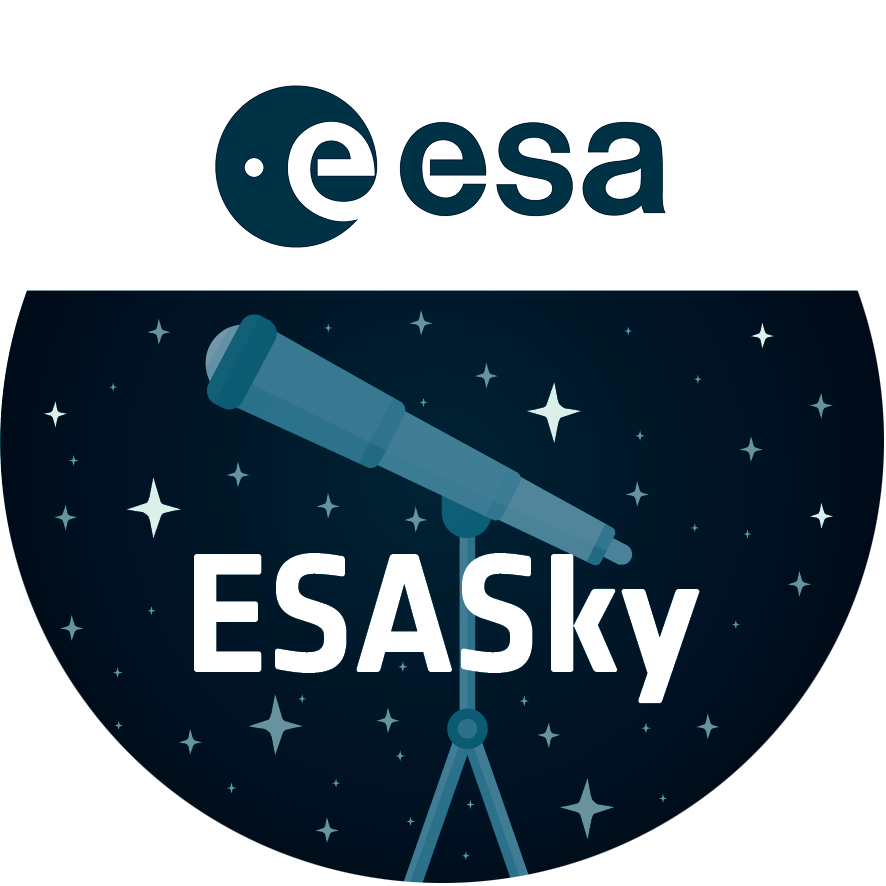At the Edge of the Blast
While appearing as a delicate and light veil draped across the sky, this image from the NASA/ESA Hubble Space Telescope actually depicts a small section of the Cygnus supernova blast wave, located around 2400 light-years away. The name of the supernova remnant comes from its position in the northern constellation of Cygnus (The Swan), where it covers an area 36 times larger than the full moon.
The original supernova explosion blasted apart a dying star about 20 times more massive than our Sun between 10 000 and 20 000 years ago. Since then, the remnant has expanded 60 light-years from its centre. The shockwave marks the outer edge of the supernova remnant and continues to expand at around 350 kilometres per second. The interaction of the ejected material and the low-density interstellar material swept up by the shockwave forms the distinctive veil-like structure seen in this image.
Credit:ESA/Hubble & NASA, W. Blair
Acknowledgement: Leo Shatz
About the Image
| Id: | potw2034a |
|---|---|
| Type: | Observation |
| Release date: | 24 August 2020, 06:00 |
| Size: | 1472 x 738 px |
About the Object
| Name: | Cygnus Loop |
|---|---|
| Type: | Milky Way : Nebula : Type : Supernova Remnant |
| Distance: | 2500 light years |
| Constellation: | Cygnus |
| Category: | Nebulae |
Wallpapers
Coordinates
| Position (RA): | 20 56 4.18 |
|---|---|
| Position (Dec): | 31° 56' 25.90" |
| Field of view: | 2.45 x 1.23 arcminutes |
| Orientation: | North is 34.3° right of vertical |
Colours & filters
| Band | Wavelength | Telescope |
|---|---|---|
| Optical OIII | 502 nm |
Hubble Space Telescope
WFPC2 |
| Optical H-alpha | 656 nm |
Hubble Space Telescope
WFPC2 |


